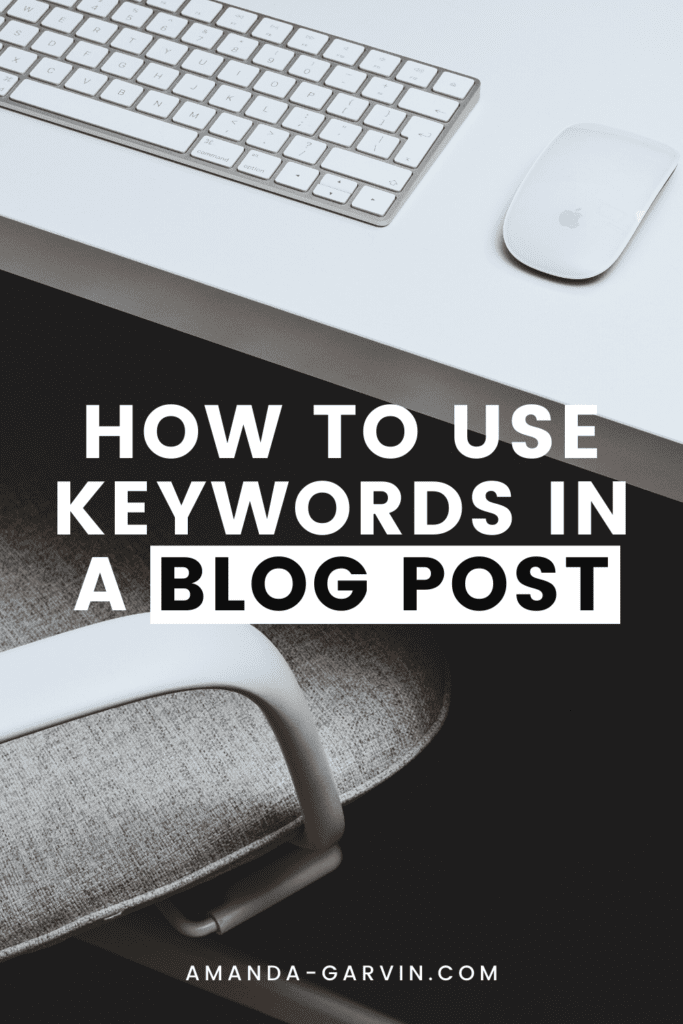Not sure how to use keywords correctly within your content? Use this checklist to learn how to use keywords in a blog post.
Have you ever wondered how Google decides what gets to the top of the search out of millions of results when someone searches Google?
Side Note: SEMrush is an amazing tool for knowing exactly what people are searching for and to tell you exactly what keywords to use. For example, if you’re a fashion blogger writing about outfits to wear on Thanksgiving, you might find that “what to wear for Thanksgiving” gets 10x more searches than “what to wear on Thanksgiving”. Obviously, you would then want to keyword your blog post the more searched term.
Now, sometimes you don’t want to do this if the keyword you are trying to rank for has huge competitors. For example, if you are a DIY blogger and see that HGTV, Better Homes and Garden, and Martha Stewart are ranking in the top on Google for a specific keyword, you do not want to try and compete because you’ll likely never win. Those sites have too much “Google juice” behind them and it’s hard to compete against them.
Search for keywords that have smaller sites ranking for them and focus on optimizing your post for the keyword the best you can.
But, I digress.
This article is about how to actually keyword your blog post once you have the keyword(s).

KEYWORD WITHIN THE POST
Let’s start within your blog post content. Below are all the places—at minimum—you should include your main keyword or a secondary keyword.
- H1 in Post Title
- First paragraph – Include in alt text of pinnable image
- H2 Tag – Somewhere naturally within supporting text
- In h3 tags as necessary
- Secondary keyword within article content at least once
- Variation within conclusion paragraph
- Within alt text of alternative pinnable image
Your post title should automatically be coded as an h1 tag, but I added it to the list just to make sure you don’t forget to add the keyword in your actual blog post title.
This is the minimum of what I would include for each and every blog post you write. Note, that you don’t need to use the exact long-tail keyword every time. It’s okay to use variations or secondary keywords that are related and relevant, but a slightly different wording within your content.
BEYOND THE POST CONTENT
Besides within the post, you also want to make sure you add your keyword in a few key spots beyond the content. These are important when people are viewing your content snippets not on your site and for telling Google in another way exactly what your post is about.
1. SEO Title
If you’re on WordPress, add the keyword to your SEO title using Yoast SEO plugin.
2. Meta Description
Include your keyword and any relevant secondary keywords within the meta description. This is what pops up below your post title when you search.
3. Permalink Slug
Your main keyword should, ideally, also be your permalink slug. For example, my keyword for this post is “how to use keywords in a blog post” so my permalink is amanda-garvin.com/how-to-use-keywords-in-a-blog-post. Feel free to leave out the insignificant words like in and a. It will not penalize you with the search engines and they will still know what your article is about.
Not sure if you’ve been adding h2 tags to your content? Check out this SEO spider tool to easily audit your site to see which pages are missing h2 tags.
Be sure to bookmark this article to come back to before you press publish on every blog post.
